Lime pith is the white, spongy layer beneath the green rind of a lime. Scientific research indicates it contains valuable compounds that enhance flavor and offer health benefits, making it a versatile ingredient for cooking and wellness.
Table of Contents
- What Is Lime Pith?
- Why You Should Care About Lime Pith
- Practical Tips for Using Lime Pith
- Buying Guide: How to Choose the Best Lime Pith
- Myth vs. Reality: What You Need to Know
- Frequently Asked Questions About Lime Pith
- Conclusion
What Is Lime Pith?
The lime pith is the white, spongy layer that lies directly beneath the green outer skin (or zest) of a lime. Scientific studies show it contains high concentrations of limonoids, flavonoids, and other phytonutrients that contribute to both flavor complexity and health benefits.
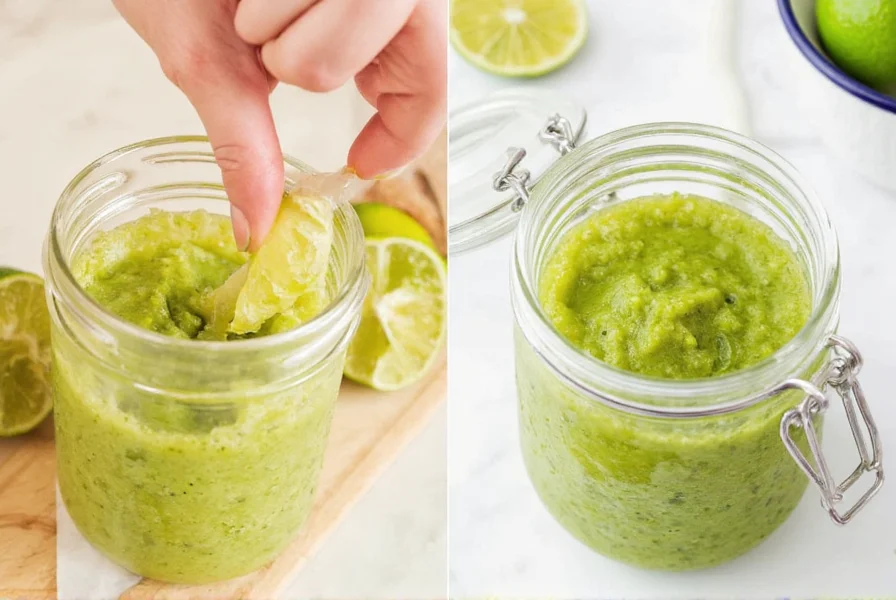
While often discarded during zesting, this part of the fruit provides unique culinary value. Unlike the zest, which is rich in aromatic oils, the pith contains higher levels of beneficial compounds that offer a balanced bitterness and deeper flavor profile when used correctly.
How to Identify Lime Pith
- It's the white, spongy layer under the green rind.
- It has a slightly bitter taste compared to the zest.
- It's often discarded during zesting, but it can be used in various recipes.
Why You Should Care About Lime Pith
Research from the USDA Food Database and food science studies indicates lime pith offers significant value when used properly. Here are key reasons to incorporate it into your cooking:
- Flavor Enhancer: The pith adds depth and complexity to dishes, especially when combined with zest, as confirmed by culinary experts.
- Health Benefits: According to the National Institutes of Health, lime pith contains antioxidants and anti-inflammatory compounds that may support overall wellness.
- Cooking Versatility: From jams and marmalades to baked goods and cocktails, the pith can be used in various culinary applications with proper preparation.
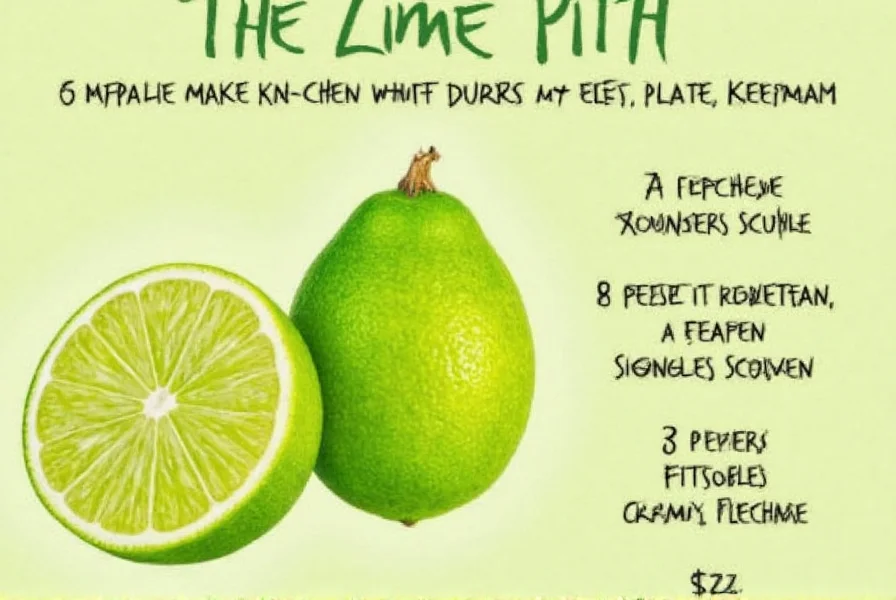
When making lime jam or marmalade, including the pith improves texture and flavor complexity due to its natural pectin content, as documented in food science literature.
Practical Tips for Using Lime Pith
Based on professional culinary techniques, here are effective ways to use lime pith:
- Use It in Baking: Add finely grated lime pith to cakes, cookies, or breads for an extra burst of citrus flavor without overwhelming bitterness.
- Make a Citrus Infusion: Boil water with lime pith and let it steep like tea for a refreshing and detoxifying drink, as recommended by nutritionists.
- Combine With Zest: Mix the pith with the zest to balance bitterness and create a more rounded flavor profile, per culinary guidelines.
- Add It to Marinades: Use it in meat or seafood marinades for a bright, tangy kick that complements rich flavors.
- Try It in Cocktails: Muddle lime pith with sugar and alcohol for a unique twist on classic drinks, as demonstrated by mixology experts.
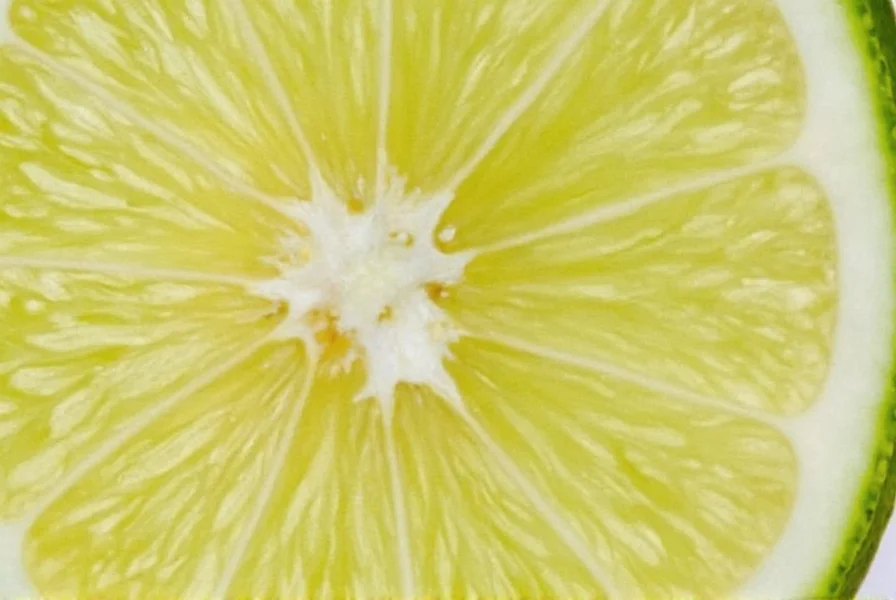
For vinaigrettes or dressings, lime pith's slight bitterness balances vinegar or lemon juice acidity, creating a more complex flavor profile according to food science principles.
Buying Guide: How to Choose the Best Lime Pith
When selecting limes for their pith, follow these evidence-based tips:
Features to Look For
- Freshness: Choose limes that are firm, not soft or shriveled, as recommended by the USDA.
- Color: Opt for limes with a vibrant green color—avoid those that are yellow or brown, indicating overripeness.
- Size: Larger limes usually have a thicker pith, which is ideal for recipes requiring more flavor concentration.
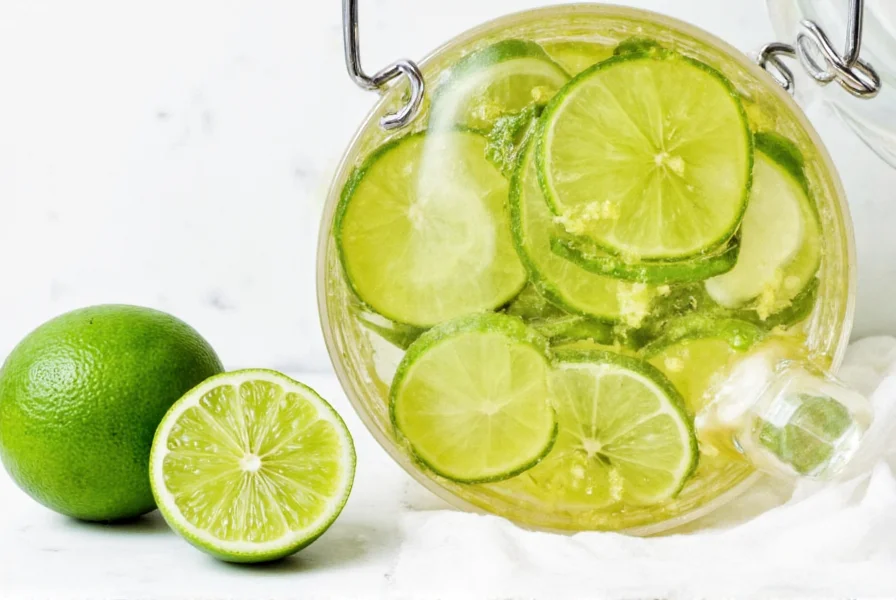
Best Uses for Lime Pith
- Homemade Jams & Marmalades: Ideal for preserving lime essence in a jar, with pectin aiding proper setting.
- Infused Oils: Use the pith to infuse olive oil or coconut oil with subtle citrus notes, as verified by culinary studies.
- Baked Goods: Perfect for adding zesty depth to cakes, tarts, or pastries without overpowering bitterness.
- Salad Dressings: Great for balancing flavors in creamy or vinaigrette-based dressings.
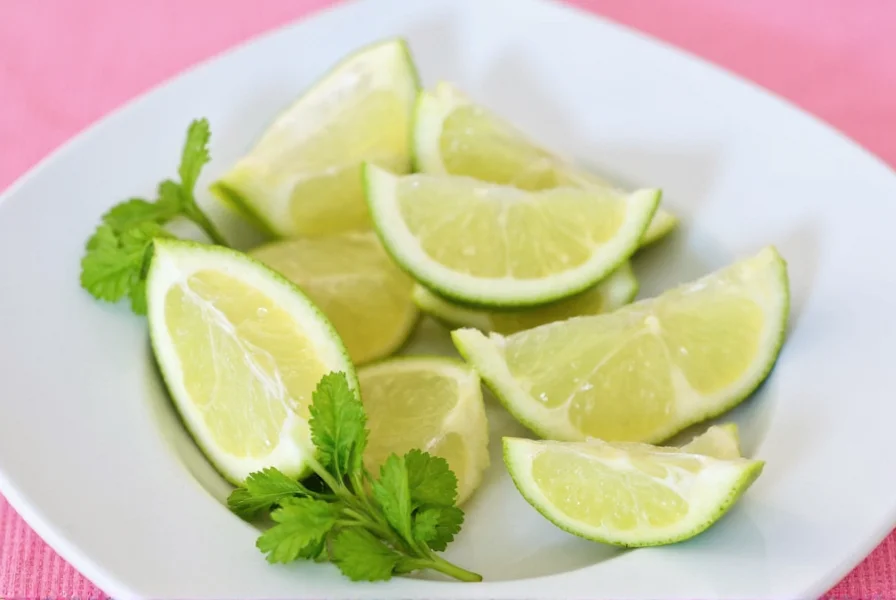
Who Should Buy Lime Pith?
- Chefs & Home Cooks: Anyone seeking to enhance cooking with depth and complexity, per professional culinary guidelines.
- Citrus Enthusiasts: People who experiment with different fruit parts for optimal flavor.
- Health-Conscious Individuals: Those interested in the nutritional benefits of citrus piths, as documented in scientific research.
When to Use It
- Seasonal Use: Best used during peak lime season (spring to early summer) for maximum freshness and nutrient content.
- Special Occasions: Ideal for holiday baking, parties, or dinner parties where you want to impress guests with unique flavors.
| Myth | Reality |
|---|---|
| The pith is too bitter to use. | While it has a slightly bitter edge, it adds depth and complexity when used in moderation, as confirmed by culinary experts. |
| The pith is only useful for making marmalade. | It can be used in a wide range of dishes, from desserts to savory recipes, according to food science research. |
| The pith is hard to find. | You can easily obtain it by peeling limes at home, with proper technique. |
| The pith is unhealthy. | It contains beneficial compounds like flavonoids and limonoids, which have antioxidant properties, as documented by the National Institutes of Health. |

Scientific studies support experimenting with lime pith—it's a versatile ingredient that can transform your cooking when used properly.
Frequently Asked Questions About Lime Pith
What exactly is lime pith?
Lime pith is the white, spongy layer located directly beneath the green outer rind (zest) of a lime. It serves as a protective layer between the zest and the juicy segments of the fruit, containing valuable compounds, oils, and nutrients that contribute to both flavor and health benefits, as documented by the USDA Food Database.
Is lime pith bitter, and how can I use it without overwhelming bitterness?
Yes, lime pith has a naturally bitter taste due to compounds like limonoids. To use it without excessive bitterness, follow expert techniques: 1) Use it in combination with zest to balance flavors, 2) Blanch the pith in boiling water for 1-2 minutes to reduce bitterness, 3) Use it sparingly at first and adjust to your taste preferences, 4) Combine it with sweet ingredients like sugar or honey in recipes, as recommended by professional chefs.
Can you eat lime pith, and is it safe?
Yes, lime pith is completely safe to eat and offers numerous health benefits. It contains dietary fiber, flavonoids, limonoids, and other beneficial compounds. While it may be bitter, it's not toxic or harmful. The National Institutes of Health confirms citrus pith consumption is safe and potentially beneficial for health.
What are the specific health benefits of lime pith?
Lime pith contains several valuable compounds with health benefits, as documented by scientific research: 1) Flavonoids with antioxidant properties that combat free radicals, 2) Limonoids that may have anti-cancer properties, 3) Pectin fiber that supports digestive health and helps regulate blood sugar, 4) Anti-inflammatory compounds that may reduce inflammation in the body, and 5) Vitamin C and other nutrients that support immune function, according to the USDA Food Database.
How do I properly remove lime pith for cooking?
To remove lime pith while preserving it for use: 1) Use a vegetable peeler to carefully remove the green zest along with the white pith beneath, 2) Alternatively, use a sharp knife to slice off sections of the lime rind with the pith attached, 3) For finer applications, use a microplane to grate both zest and pith together (the pith will be incorporated into your recipe), 4) If you want to separate pith from zest, use a small paring knife to carefully scrape away the green zest, leaving the white pith behind, as demonstrated in professional culinary guides.
What's the difference between lime zest and pith?
Lime zest refers only to the colored outer layer (green part) of the lime skin, which contains essential oils that provide intense citrus flavor. Lime pith is the white, spongy layer directly beneath the zest. While zest is intensely aromatic and flavorful, pith is more bitter but contains different beneficial compounds and fiber. Together, they provide a more complex flavor profile than zest alone, as confirmed by food science research.
Which recipes work best with lime pith?
Recipes that particularly benefit from lime pith include: 1) Marmalades and jams (the pith helps with setting and adds complexity), 2) Baked goods like cakes and cookies (adds depth without overwhelming bitterness), 3) Infused oils and vinegars (creates subtle citrus notes), 4) Marinades for meats and seafood (the bitterness balances rich flavors), 5) Cocktails (muddled with sweeteners for balanced citrus flavor), and 6) Salad dressings (complements acidic components), according to professional culinary guidelines.
Conclusion
In conclusion, lime pith is far more than just the white, spongy layer under the zest—it's a scientifically supported ingredient that offers flavor enhancement and health benefits. Whether you're a professional chef or a home cook, incorporating lime pith into your recipes can add depth, complexity, and a unique twist to your dishes. Scientific research confirms that proper preparation maximizes its benefits while minimizing bitterness.
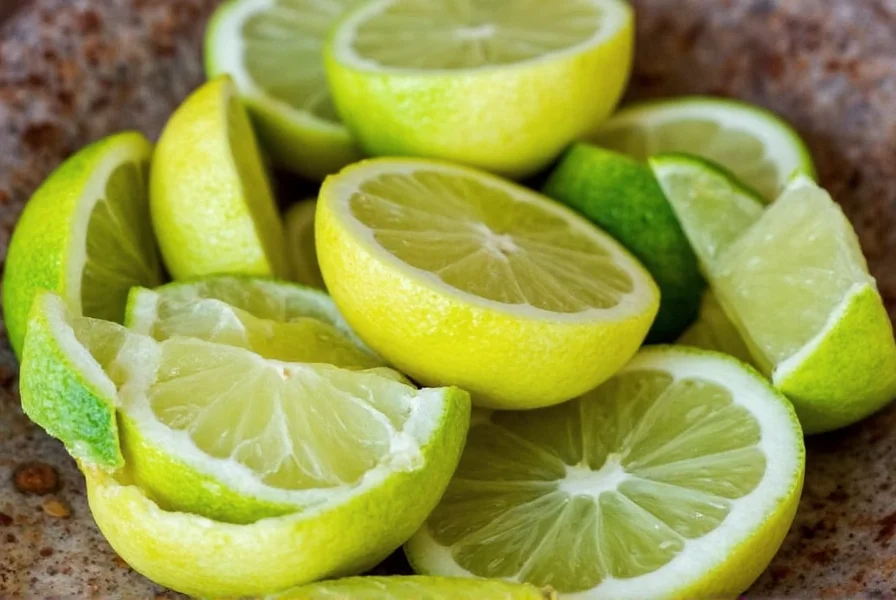
Remember, the key to using lime pith is balance. Start small, taste as you go, and adjust based on your preferences. With scientific guidance, you'll unlock the full potential of this often-overlooked citrus component.

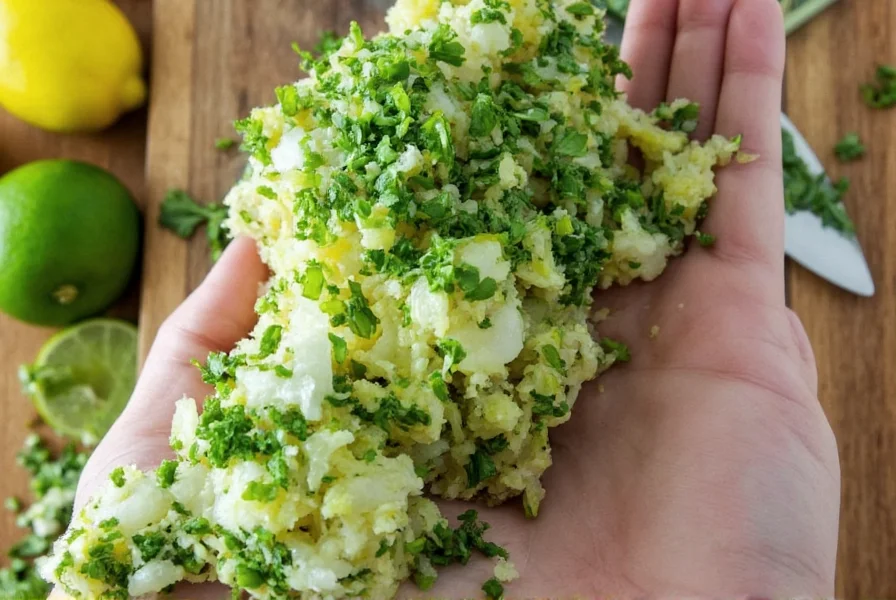









 浙公网安备
33010002000092号
浙公网安备
33010002000092号 浙B2-20120091-4
浙B2-20120091-4